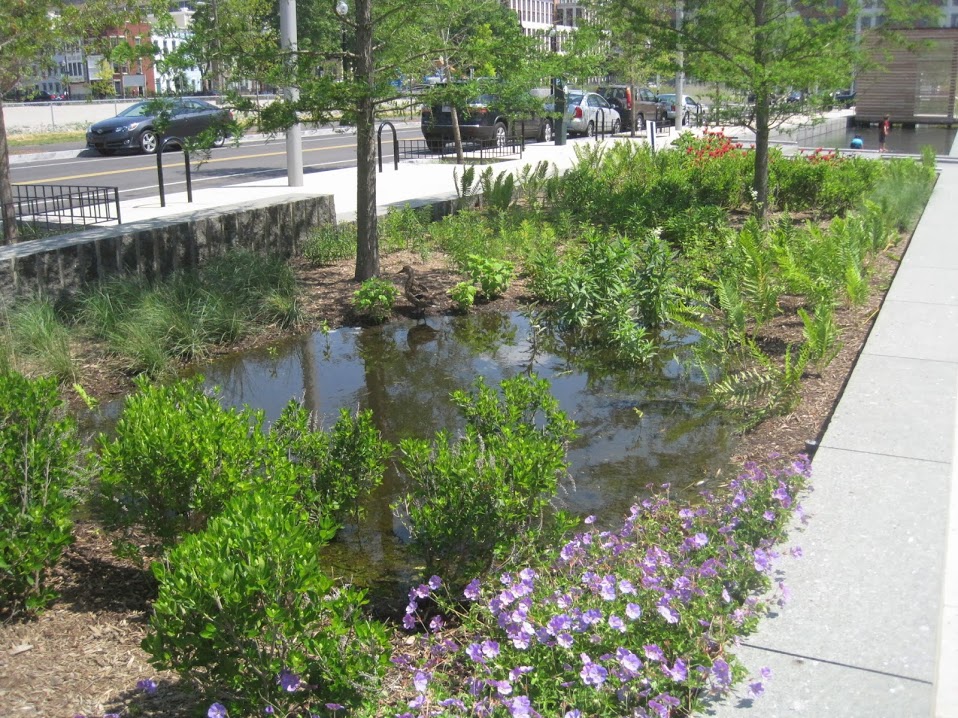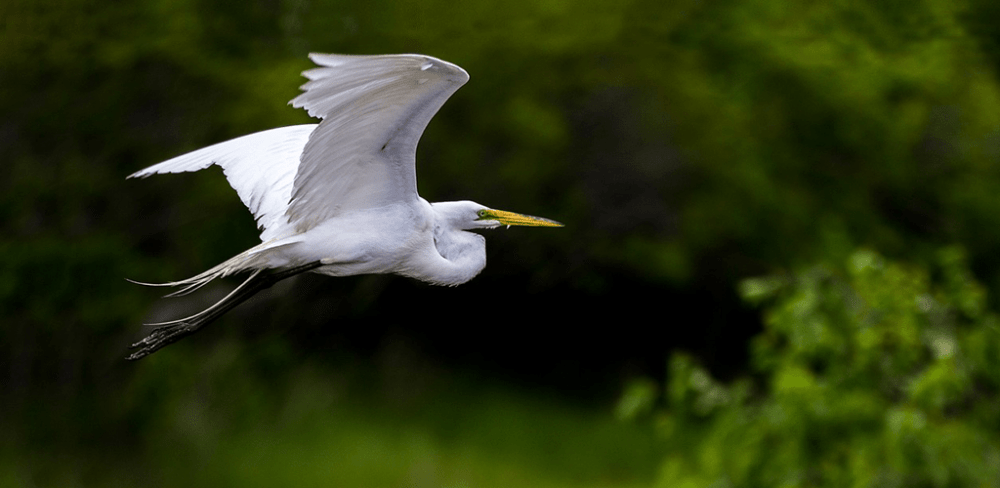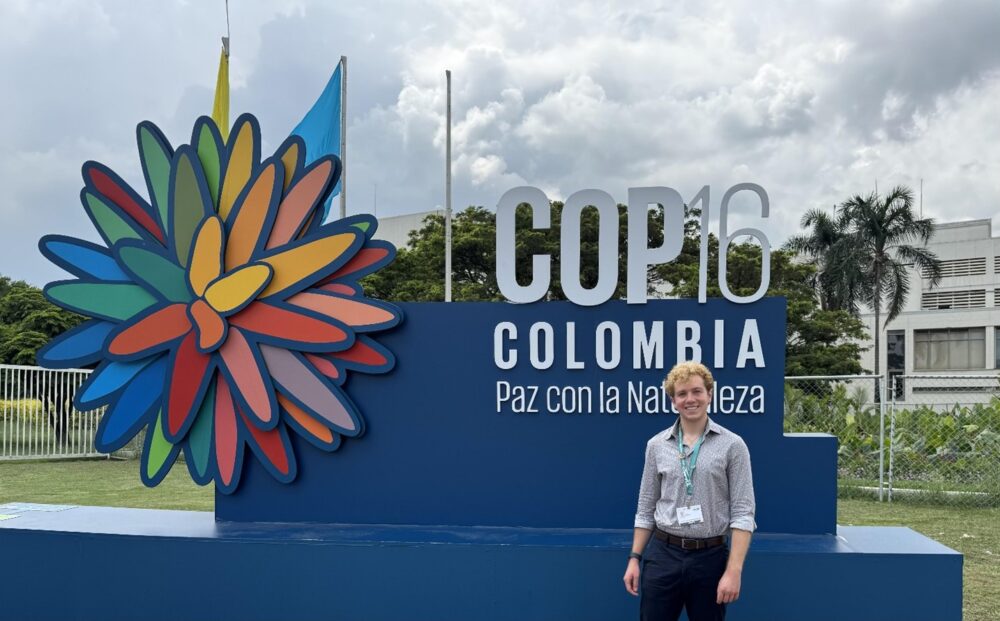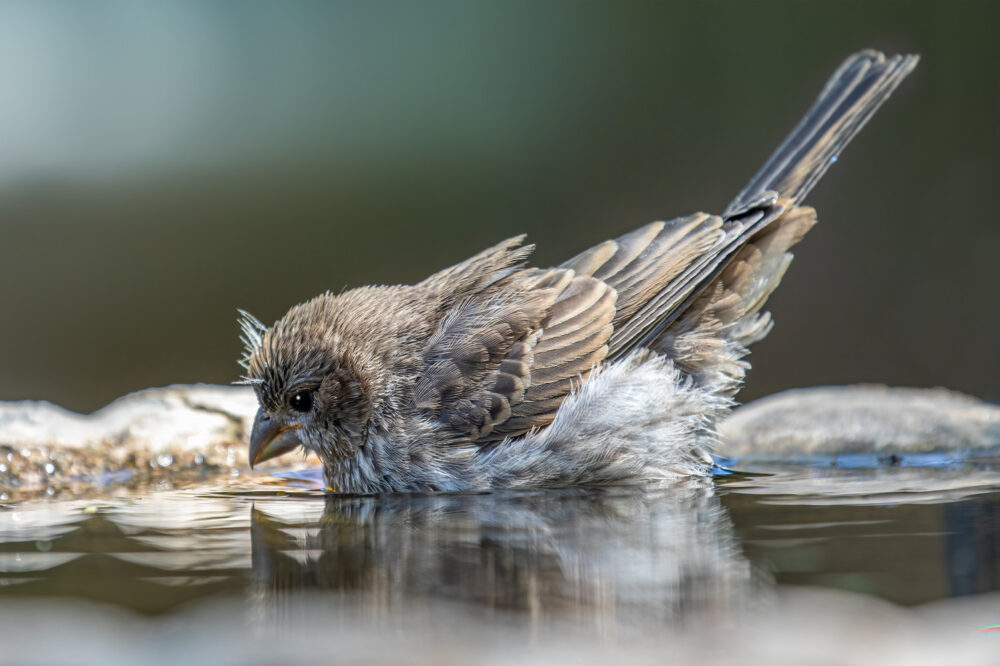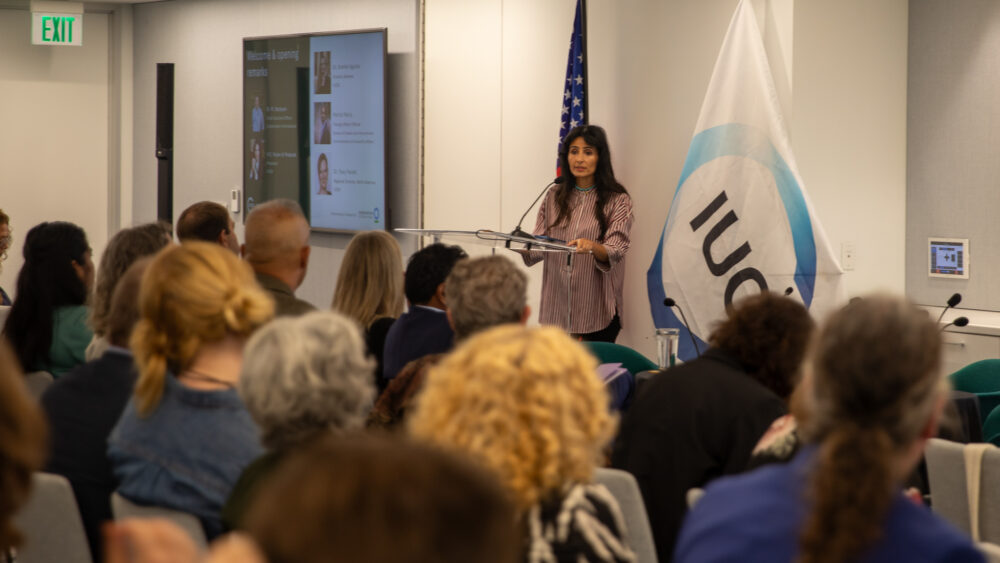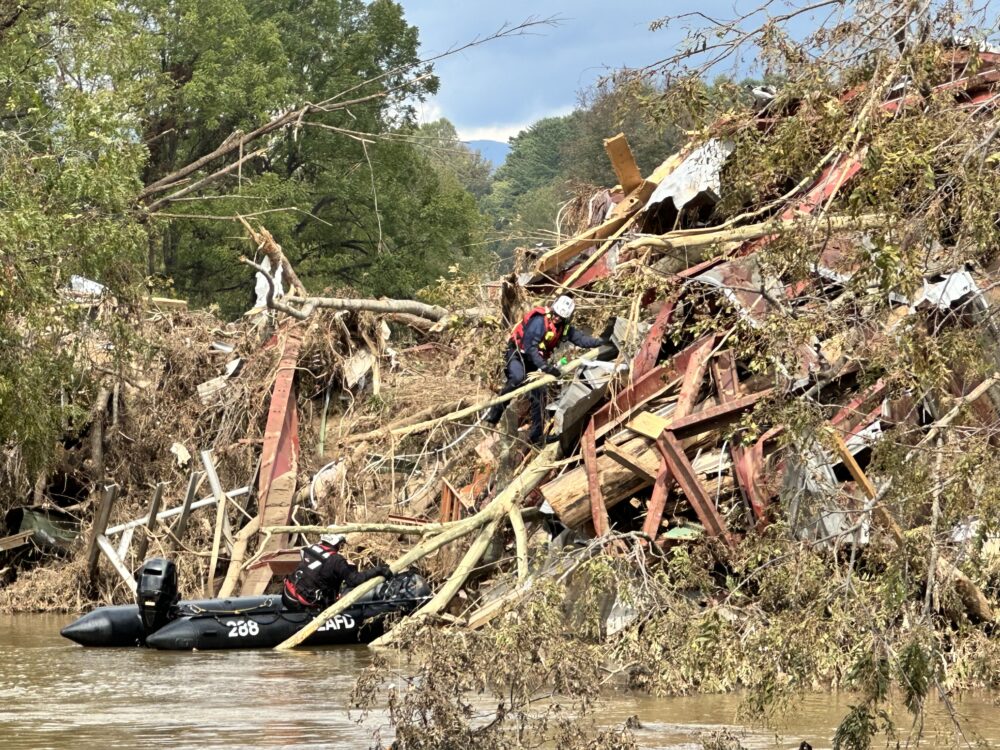We have much more to do and your continued support is needed now more than ever.
How to avoid deforestation sneaking into your shopping cart
Here are more ways to shop smart and take action to protect tropical wildlife
In our last blog, the National Wildlife Federation’s International Conservation Team shared how members can be a strong voice for tropical wildlife by “speaking with our wallets” to purchase zero-deforestation beef in American supermarkets, restaurants, and fast food chains. But beef isn’t the only food sneaking into our shopping carts that threatens tropical ecosystems and their iconic species, such as the threatened maned wolf (pictured below). Soy is another major agricultural commodity driving large-scale deforestation and habitat loss in South America.
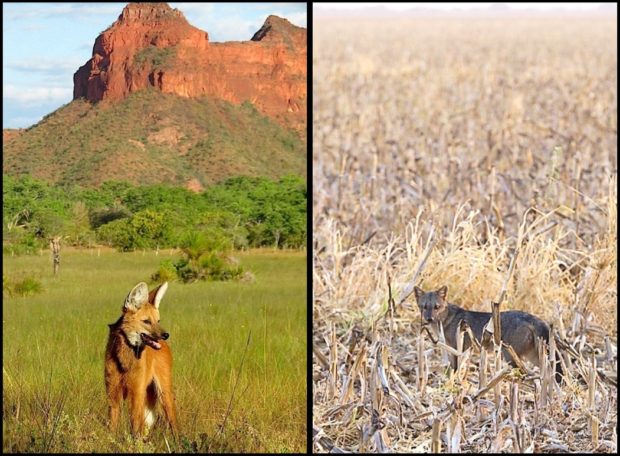
We may not realize it, but soy makes its way into a wide range of the food and non-food products that we use daily, including margarine, salad dressing, tofu, frozen foods, baked goods, and chocolates, as well as cosmetics, soaps, and transport fuels.
And that’s not it – the majority of the world’s soy is used for animal feed to produce chicken, pork, and beef – so it’s also in our chicken nuggets, candied bacon, and burgers.
Please take action for tropical wildlife habitat by retweeting the following:
Don't let food threaten tropical #wildlife habitat @Cargill! Commit to #sustainable #soy & #biodiversity #cerrado https://t.co/E5iyGkeJtW pic.twitter.com/slWPW6f2mq
— National Wildlife Federation Action Fund (@wildlifeaction) February 28, 2017
Help Tropical Wildlife: Be a Consumer Activist
When companies such as Cargill that produce, trade, use, or sell soy products commit to and enact zero-deforestation policies, they help ensure that forests are safeguarded and wildlife is protected. However, many companies that we buy from every day have not taken steps to reduce their impact. It’s time to send a signal to these companies so they start supporting strong zero-deforestation and sustainability policies and thus protect tropical wildlife from the threats of soy expansion.
What you can do:
- Be a consumer activist! Eat at restaurants, shop at stores, and buy brands that have a zero-deforestation commitment on soy and are making efforts to meet it. Go to Supply-Change.org to see if your favorite brands are committed to zero-deforestation and biodiversity/wildlife protection and if they’ve made any progress toward keeping their word.
- Send a message to your favorite supermarket, restaurant, or brand on Facebook or Twitter and let them know that you do not want products linked to habitat destruction from soy expansion.
South American Soy On My Dinner Plate?
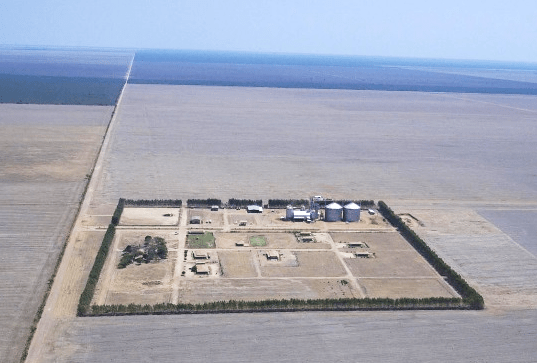
So how does soy from Brazil or Bolivia end up in the products we use every day? Soy is one of the most widely traded agricultural commodities globally, with a complicated web of producers, processors, traders, and retail customers. Through these links, soy from all over the world ends up on the shelves at the grocery store and the meals in some of our favorite restaurants. While the US has historically been the top producer of soy (with a little over 30% of global production), the biggest soy frontier is in South America. Over 50% of soy is now grown in South America, and, as global demand continues to rise, so will the pressure on its tropical forests and native grasslands.
Soy Expansion Threatens Endangered Wildlife
While the National Wildlife Federation’s International Conservation team actively supported efforts to cement protections for the Brazilian Amazon through a zero-deforestation agreement called the Soy Moratorium, soy expansion continues to threaten neighboring native habitats, such as the Bolivian Amazon, the savanna-like Brazilian Cerrado, and the Gran Chaco of Paraguay and Argentina.
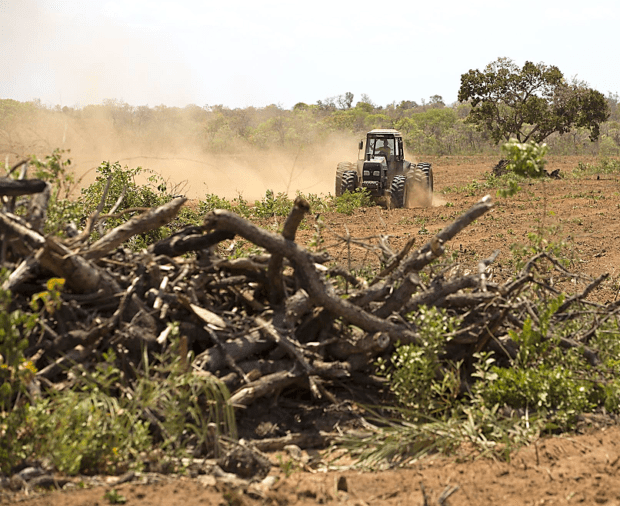
In fact, a new investigative report released by Mighty Earth and a recent New York Times exposé, uncover how large-scale agricultural expansion of soy farms is leaving a devastating footprint on tropical ecosystems. Through their eye-opening photos and amazing drone camera footage, we can see the destruction of South America’s biodiversity treasures. The Cerrado alone is home to the three-toed sloth, maned wolf, giant anteater (pictured below), jaguars, hundreds of bird species including the endangered Spix’s macaw, and thousands of unique dry forest trees and plants.
The report highlights how, as more soy is grown in South America, it’s increasingly risky that the soy in our favorite products in the US was grown on native habitats cleared for vast monoculture. Using remote sensing, supply-chain mapping, financial analysis, and on-the ground interviews, the report links the deforestation to American agribusiness giants, such as Cargill and Bunge, and global brands including Burger King. While many of the companies linked to habitat destruction already have zero-deforestation commitments, they are not enforcing them effectively, especially outside of the Brazilian Amazon. Others, like Burger King, have yet to commit to zero-deforestation sourcing. But, soy producers don’t have to harm tropical wildlife to keep growing: millions of acres of already deforested and degraded land are suitable for soy expansion across South America. There are big opportunities to show that it’s good business to protect the environment.

The National Wildlife Federation’s International Conservation team and our partners are working to advance zero deforestation agricultural production in tropical regions by collaborating with companies to develop and strengthen policies that safeguard tropical forests and protect wildlife. While several companies, and the Brazilian Environment Minister himself, support extending the successful Soy Moratorium to protect the Cerrado and other vital ecosystems, more voices are needed to achieve it. If additional companies, such as Cargill, Bunge, and Burger King, added their support to protect threatened native ecosystems around the world, it would be an important step towards providing people with the responsible food they crave.
More Actions to Help Protect Tropical Wildlife Habitat
By actively engaging with the companies whose products you buy and “speaking with your wallet” you can help protect tropical forests and native grasslands and ensure that critical wildlife habitat for the maned wolf and other endemic species is safeguarded. Send messages on Twitter to @Cargill, @Bunge, @BurgerKing, or your favorite supermarket, restaurant, or brand. Here are some more ideas to share!
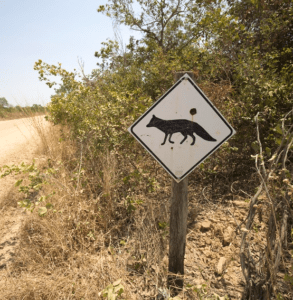
.@BurgerKing burgers are no place for #deforestation. Commit to #zerodeforestation #soy & #biodiversity now #cerrado http://bit.ly/2mHrMRI
Protect tropical #wildlife for #sustainablefood. @Bunge We need stronger commitments to #zerodeforestation #soy http://bit.ly/2mHrMRI
I want #sustainablefood! Protect #wildlife! @Cargill commit to #zerodeforestation #soy & #biodiversity now! #cerrado http://bit.ly/2mHrMRI
For more information visit our website and let us know what you think!

